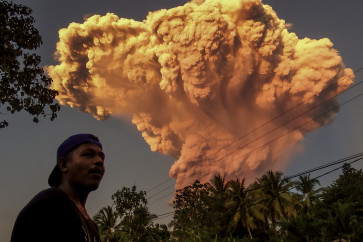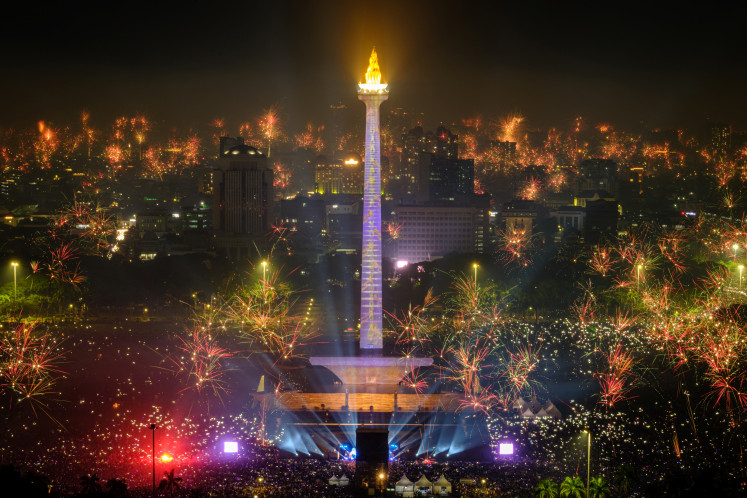Popular Reads
Top Results
Can't find what you're looking for?
View all search resultsPopular Reads
Top Results
Can't find what you're looking for?
View all search resultsPHE ONWJ says it has made output record on new wells
The Offshore North West Java (ONWJ) oil and gas block â the fourth-largest oil producing block â reported a new oil output record despite production being disrupted earlier by bad weather
Change text size
Gift Premium Articles
to Anyone

The Offshore North West Java (ONWJ) oil and gas block ' the fourth-largest oil producing block ' reported a new oil output record despite production being disrupted earlier by bad weather.
The operator of the block, PT Pertamina Hulu Energy ONWJ (PHE ONWJ), said on Thursday that the block's output reached 43,900 barrels of oil per day (bopd) last month ' the highest amount since the company took over the operatorship of the block from BP West Java Ltd. in 2009.
PHE ONWJ executive president and general manager Jonly Sinulingga said the production peak was supported by the completion of the development of the UL field, where the company had operated new wells since February.
Jonly added that the UL field's production would help compensate for losses caused by bad weather earlier this year.
'The additional production [from the new wells] is expected to help the company meet its full-year production target,' he said.
PHE ONWJ is targeting 39,400 bopd and 207.7 million standard cubic feet per day (mmscfd) of gas by year-end.
'We will keep exploring and conducting various development projects at new fields in years ahead so that we can maintain our production increase,' Jonly said.
Figures from the Upstream Oil and Gas Regulatory Task Force (SKKMigas) show that PHE ONWJ's oil output reached 38,300 bopd last year.
With its oil output last year, PHE was fourth-largest producer after PT Chevron Pacific Indonesia, state oil and gas firm PT Pertamina EP and Total E&P Indonesie.
Meanwhile, PHE ONWJ's gas output reached 181 mmscfd last year.
Under the state budget, the country targets producing 870,000 bopd and 6,939 mmscfd of gas this year.
However, the targets are significantly higher than the 804,000 bopd of oil and 6,853 mmscfd of gas laid out in work plans and budgets of the oil and gas contractors operating in the country.
The Energy and Mineral Resources Ministry has said it would likely propose a lower oil production target in the revised state budget.
The government is struggling to maintain production from its aging and depleting fields, urging contractors to carry out major exploration work to tap new reserves.
However, contractors have complained about the arduous bureaucracy that must be followed before they can carry out the work.
Unfavorable climate earlier this year and recent forest fires in Sumatra further disrupted oil and gas production in several areas, creating worries that oil production would fall far lower than budgeted.
SKKMigas previously said that bad weather had disrupted production at a number of offshore facilities in late January, causing daily production to fall by 70,000 bopd to around 740,000 bopd, from the normal range of 810,000 to 820,000 bopd.
In early March, forest fires in Riau forced hundreds of oil wells to suspend activities and as a consequence as many as 12,000 bopd was not produced.









